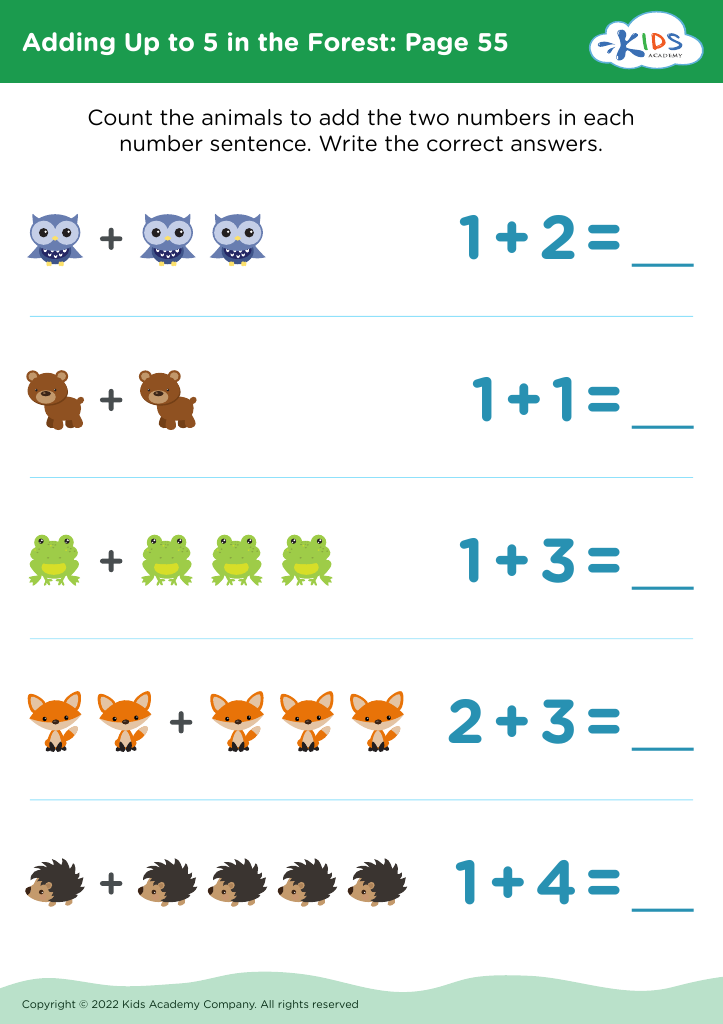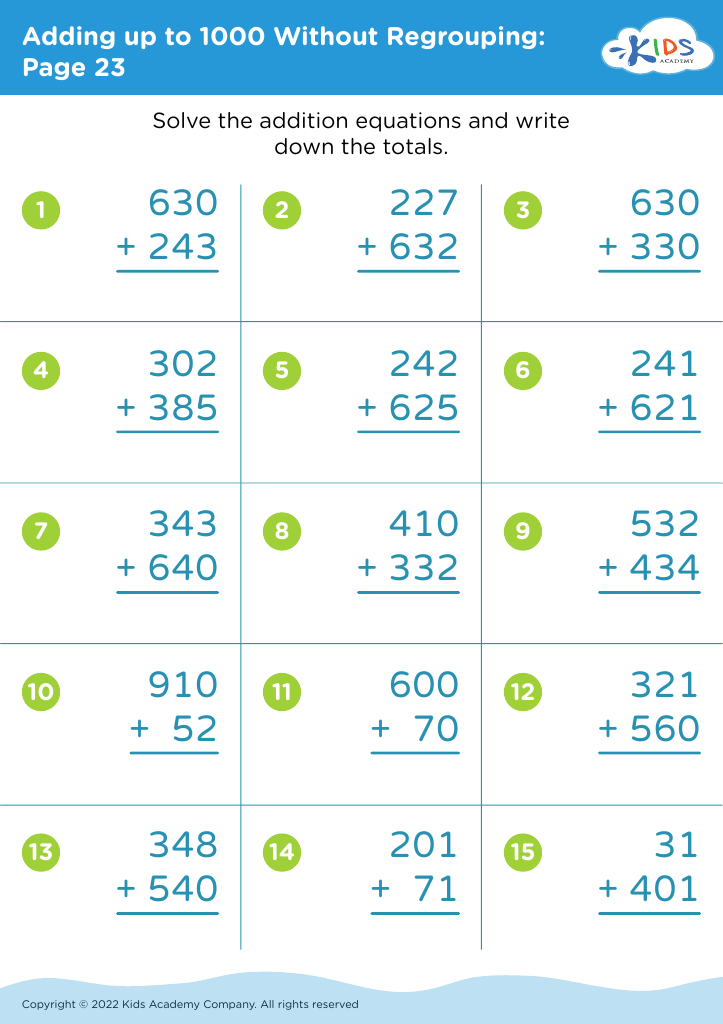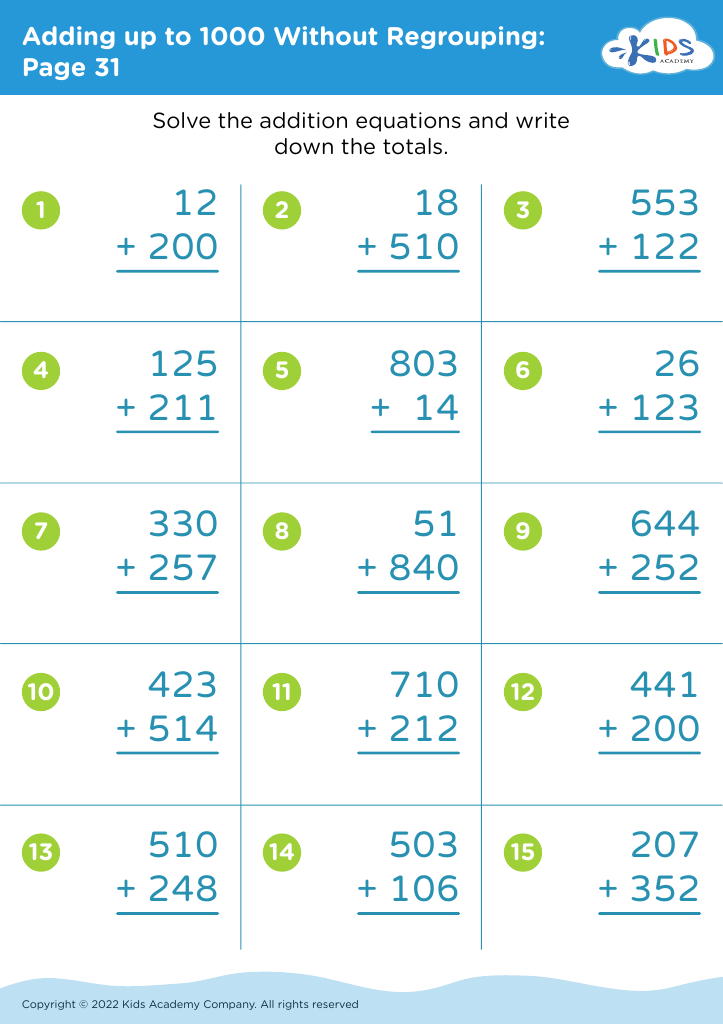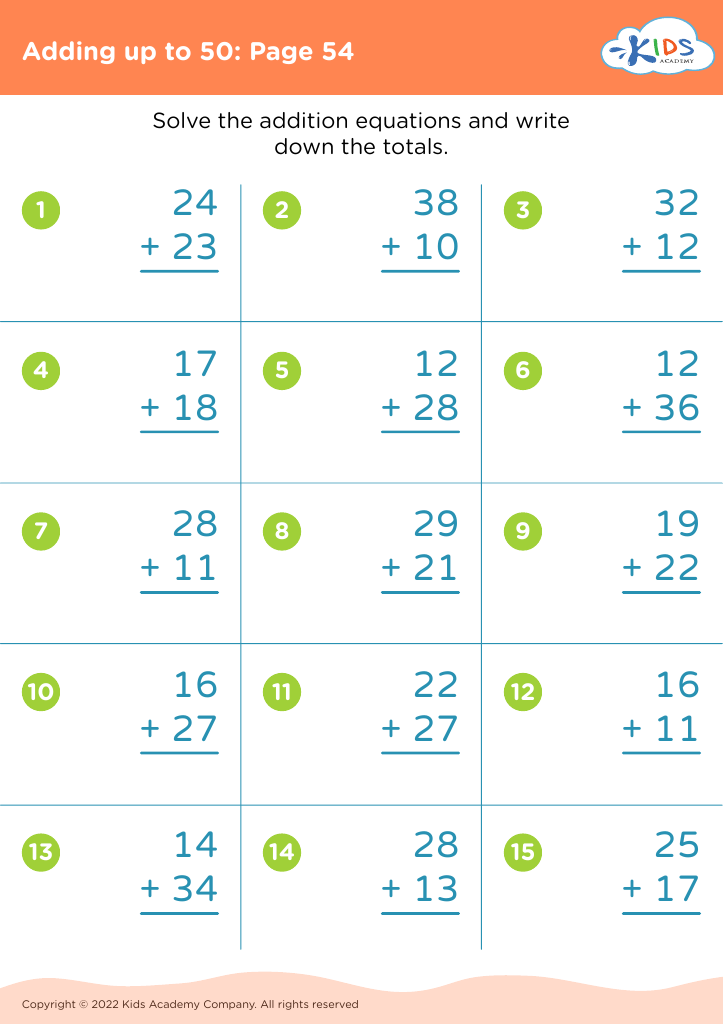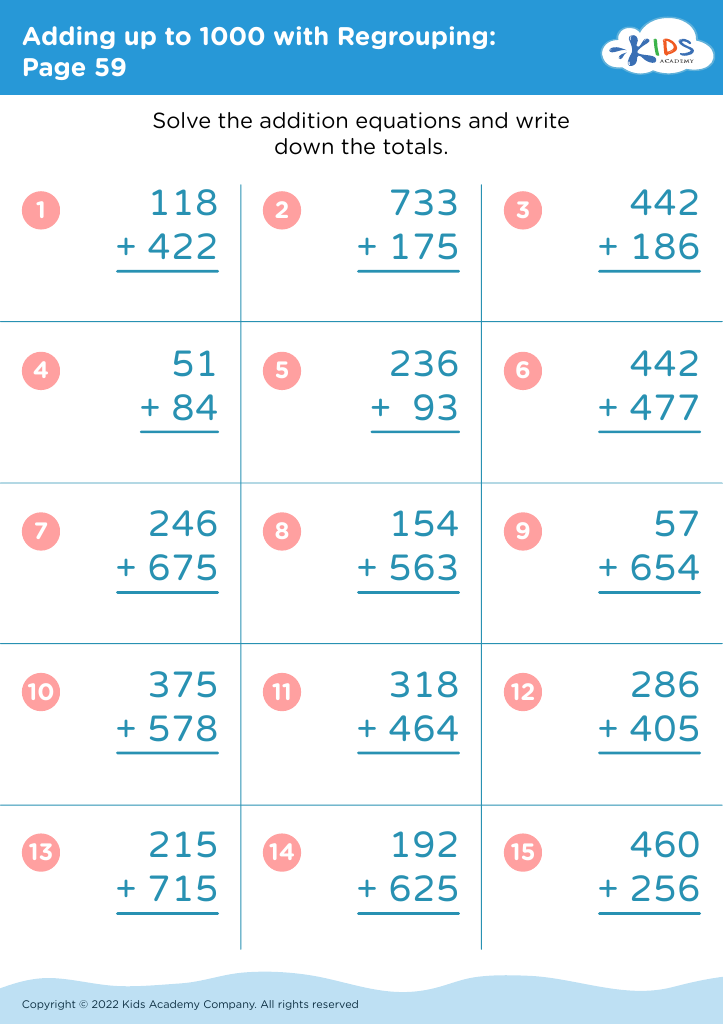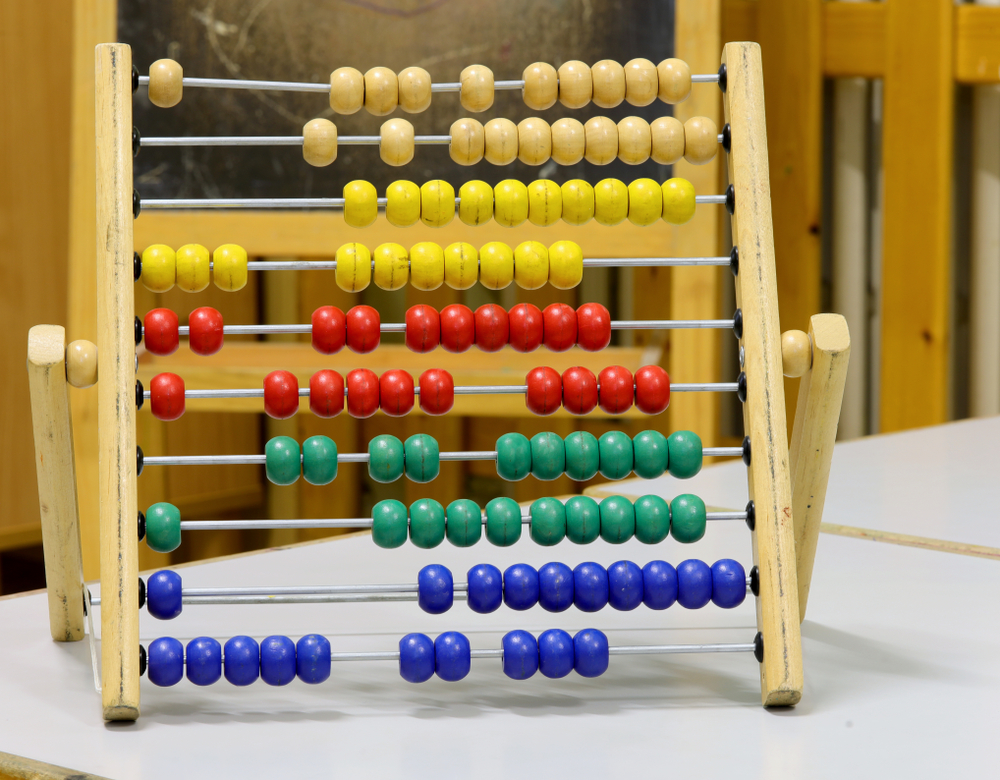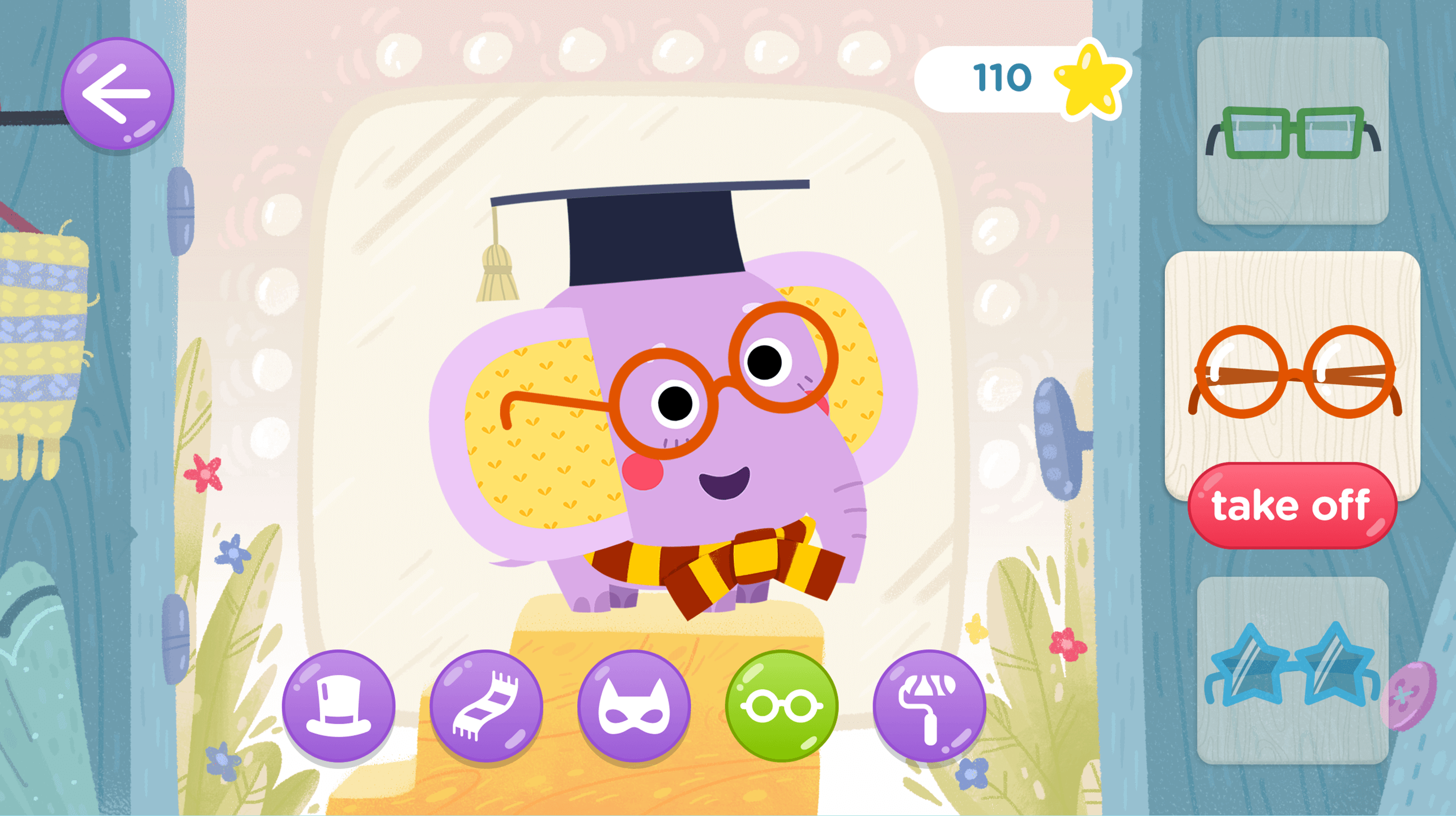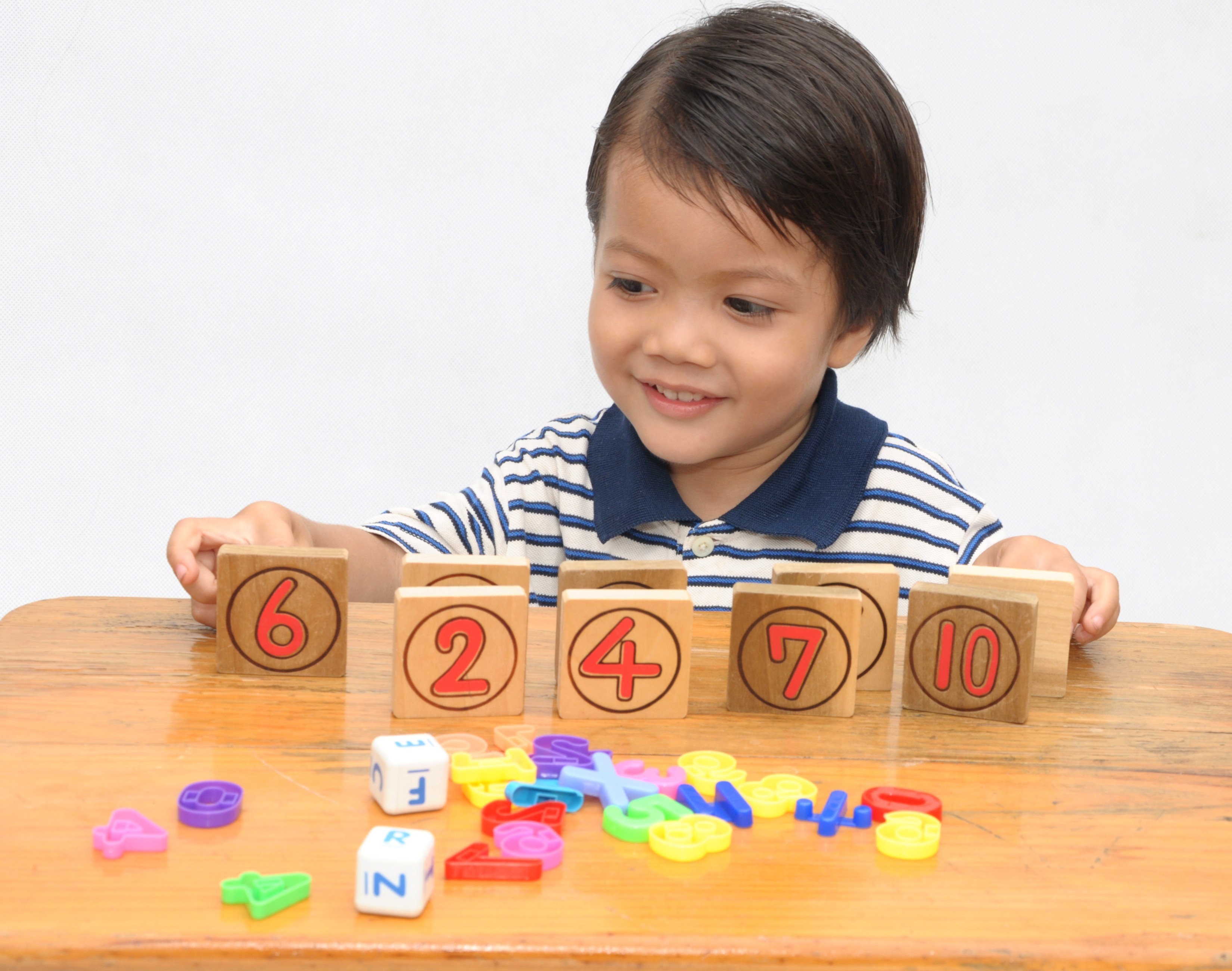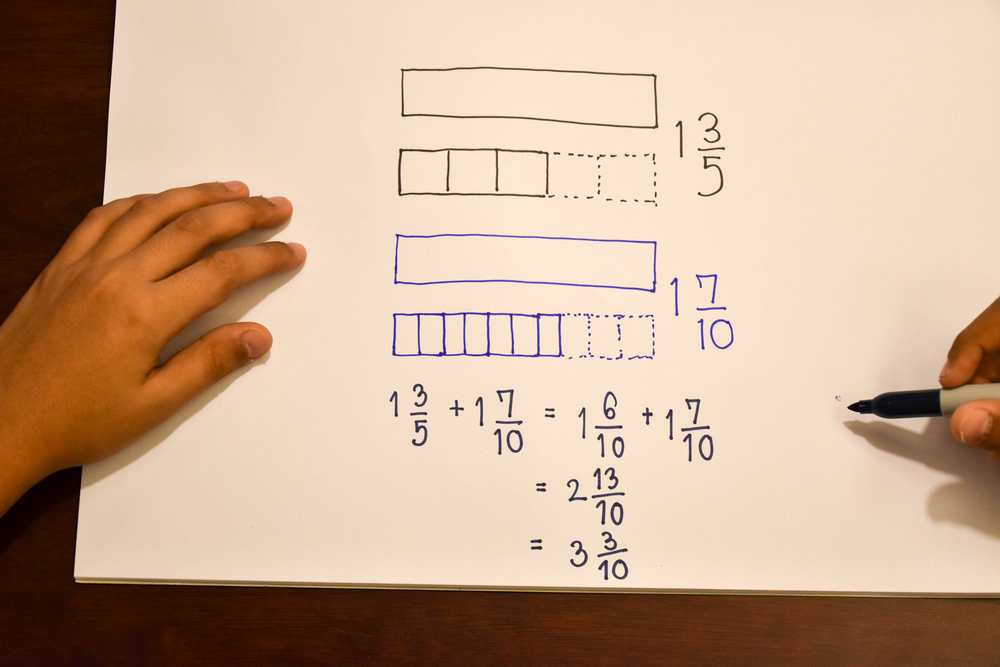Visual interpretation Addition & Subtraction Worksheets for Ages 5-7
5 filtered results
-
From - To
Discover a fun and engaging way to teach basic math concepts with our Visual Interpretation Addition & Subtraction Worksheets for Ages 5-7. These expertly designed resources help young learners grasp addition and subtraction through colorful, easy-to-understand visuals. Perfect for early grade students, these worksheets encourage kids to interpret and solve math problems by relating them to everyday scenarios. Ideal for both classroom use and at-home practice, they build foundational skills in a lively, interactive manner. Foster a love for math and boost confidence with our printable worksheets, ensuring your child’s mathematical journey starts on a bright note!
Visual interpretation of addition and subtraction for ages 5-7 is crucial because it forms the foundation for solid mathematical understanding. At this age, children are primarily concrete thinkers who learn best through direct manipulation and visual representation of objects. Using visual aids like counters, blocks, and number lines makes abstract concepts more tangible, allowing young learners to see the connections between numbers and operations.
When children engage with visual tools, they can better grasp the concept of adding to make more and subtracting to take away, laying the groundwork for later, more complex mathematical thinking. Visual methods promote engagement and make learning interactive and fun, which is essential for maintaining young learners' enthusiasm for math.
Additionally, developing strong visual interpretation skills aids in problem-solving and critical thinking. These skills enhance a child's ability to approach and decompose complex problems into manageable parts, a valuable ability across all subjects, not just mathematics.
Furthermore, early mastery of these concepts, reinforced visually, fosters confidence in young learners. Confidence in their ability to understand and manipulate numbers encourages a positive attitude toward mathematics that can last a lifetime, paving the way for future academic success and an enduring interest in learning. Thus, parents and teachers should prioritize visual interpretation techniques when teaching addition and subtraction to children ages 5-7.
